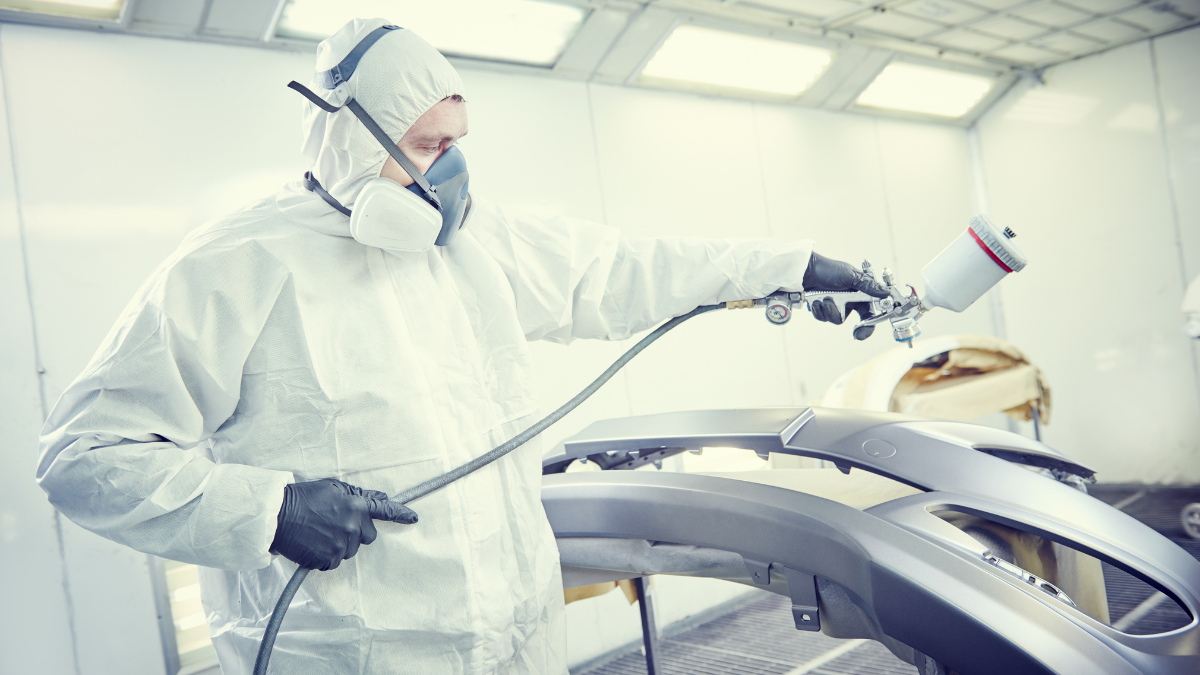It’s stressful enough to deal with car damage or get into an accident, but it’s even more stressful to navigate a confusing web of false information about auto body repair. Misconceptions about everything from insurance claims to repair quality can cause uncertainty, needless anxiety, and even bad choices. It’s time to dispel these widespread misconceptions and provide you with the information you need to make wise decisions for your car and your peace of mind.
Myth 1: You Must Use the Repair Shop Suggested by Your Insurance Company
Among the most pervasive myths, this one is just untrue.
The truth is that you are legally free to select any auto body shop you like for your repairs. Because they have negotiated rates or procedures with them, insurance companies frequently recommend “preferred” or “direct repair program” (DRP) shops. You are not required to use these stores, though.
Why It Is Important When you choose your own shop, you can choose a facility not just because of its affiliation with an insurer but also because of its reputation, certifications, customer service, and quality of work. The safety and correct repair of your car will always come first in a respectable independent shop.
What to Do: Gently remind your insurance provider of your freedom of choice if they attempt to influence you. They must cooperate with the shop you choose by law. You can visit the website of your state’s Department of Insurance to learn more about consumer rights.
Call 201-488-8423 to schedule a consultation with Ricca Auto Body for honest, knowledgeable auto body repair you can rely on.
Myth 2: OEM and aftermarket (non-OEM) parts are equally good
Cost is a common reason for disagreements over the use of aftermarket parts.
The reality is that aftermarket parts are rarely “just as good” as Original Equipment Manufacturer (OEM) parts, particularly for safety-critical components, even though some may be suitable for specific non-structural components. OEM parts guarantee flawless fit, functionality, and crashworthiness because they are exact replicas of the ones used in the construction of your car.
Why It Is Important In addition to possibly voiding warranties on other parts, aftermarket parts may not fit properly and may compromise the structural integrity of your car in a future collision. They may not have undergone the same thorough testing as OEM parts because they were designed by different manufacturers.
What to Do: Always support OEM components, particularly for exterior, safety, or structural panels. You can learn more about the differences and the consequences of using non-OEM parts from a reputable auto body shop.
Myth 3: After a repair, paint matching is impossible.
Many car owners are concerned that there will be a noticeable color difference in their repaired vehicle.
The Fact: To guarantee a nearly flawless match, contemporary auto body shops employ highly qualified painters and sophisticated computerized paint-matching technology. They make any repairs practically invisible by blending the fresh paint into nearby panels to produce a smooth transition.
Why It Is Important Your car’s aesthetic value is greatly reduced by a bad paint job, which may also give away the caliber of the entire repair. Reputable stores make investments in state-of-the-art machinery and ongoing technician training.
What to Do: Inquire about the shop’s equipment and paint-matching procedure. A professional shop will be happy to describe what they can do. Resources like PPG Industries provide information for a more thorough examination of automotive paint technology.
Myth 4: Every auto body shop provides repairs of the same caliber.
It can result in unsafe repairs and disappointment if all repair facilities are assumed to operate at the same level.
The Fact: The equipment, technician training, certifications (such as I-CAR Gold Class), and dedication to quality of auto body shops vary greatly. Some stores take shortcuts to save money or speed up repairs, which can jeopardize durability and safety.
Why It Is Important A poor repair can make your car unsafe, reduce its market value, and possibly cause more problems in the future. You want a shop that follows manufacturer guidelines and employs appropriate repair methods.
How to Proceed: Investigate possible stores. Check for certifications, read reviews, and inquire about their warranties and repair procedure.
Did You Know?
That contemporary cars have sophisticated sensor systems and high-strength steel that call for specific tools and expertise for correct repair—not just simple dent removal?
Understanding the truth behind these common auto body repair myths empowers you to advocate for the best possible care for your vehicle. Don’t settle for less when it comes to safety and quality. For transparent, expert auto body repair you can trust, call Ricca Auto Body at 201-488-8423 for a consultation.
Commonly Asked Questions


